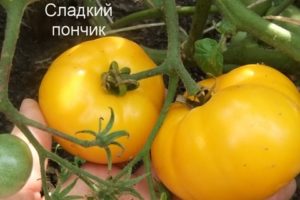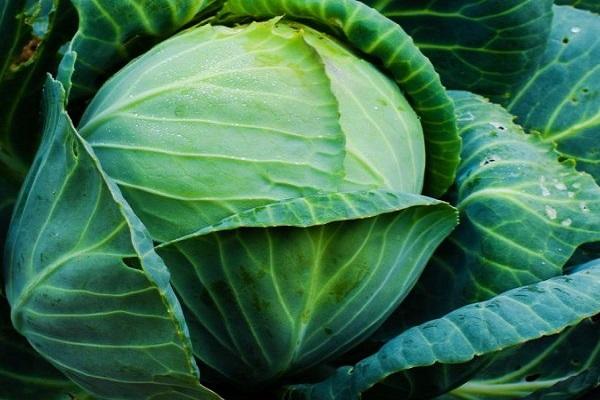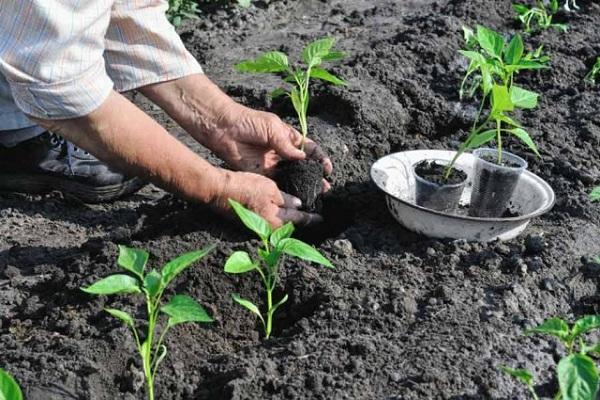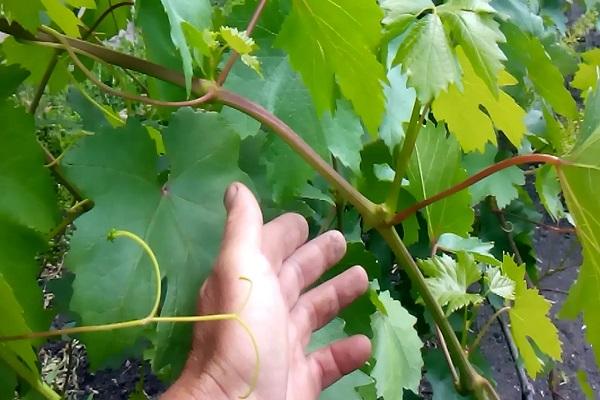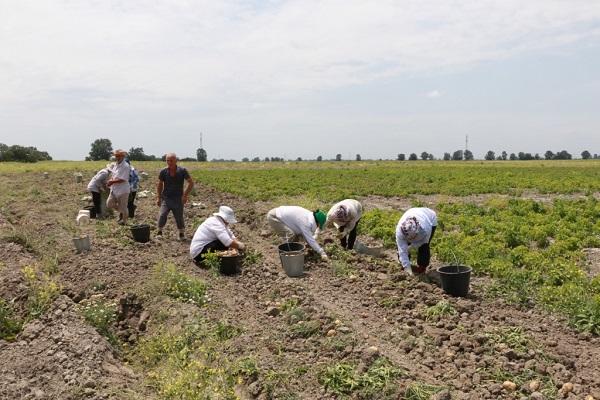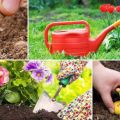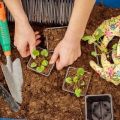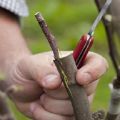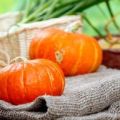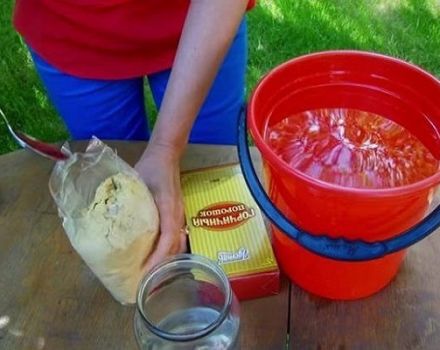Lunar sowing calendar of the gardener and gardener for 2020 and planting table
Studying the lunar sowing calendar for 2020, gardeners and gardeners collect useful information to understand when it is better to plant a plant and take care of it. And all in order to increase the yield indicator. In addition to favorable and unfavorable days, the calendar will indicate neutral, and also allow you to choose the right time for watering and fertilizing.
Content
- 1 What you need to know about the phases of the moon
- 2 What plants can be planted on the growing moon?
- 3 What to land on the waning moon?
- 4 What plants to plant on the new moon and full moon?
- 5 Is it possible to care for plants during a lunar eclipse?
- 6 Should you trust and use the lunar calendar?
- 7 Zodiac signs and garden work
- 8 Table of favorable and unfavorable days for planting and caring for plants for 2020
What you need to know about the phases of the moon
Such a concept as an astronomical cycle has an important influence on the growth of culture, in some cases it is decisive. It is believed that if you follow certain rules, you can harvest a good harvest and optimize work on the site.
Waxing Crescent
To a greater extent, the phase is suitable for influencing the shoots, but “touching” the roots during this period is not recommended.
Gardeners advise at this time:
- Feed the crop with mineral fertilizers or use organic matter.
- Work the soil, carry out loosening.
- Water, and also vaccinate, select cuttings for planting.
In this lunar phase, you can transplant and even, in some cases, plant plants, but without touching the root system.
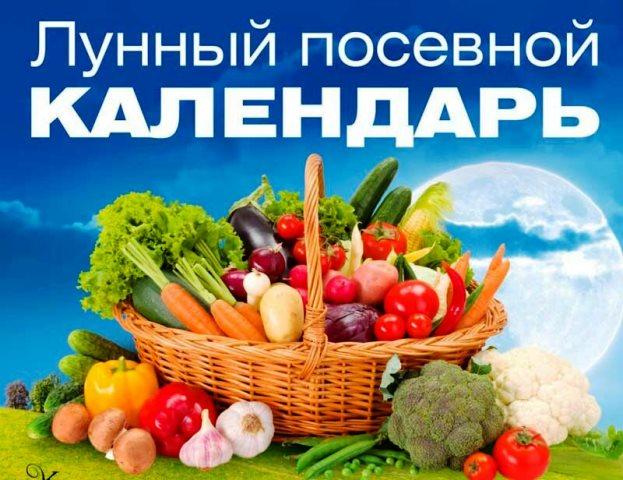
Full moon phases
These are only three days during which the following types of work should not be carried out on the site:
- grafting plants is not recommended;
- do not cut off, do not remove stepchildren and side shoots;
- and also do not carry out the removal of dry branches, leaves and stems.
But you can perform other activities that involve caring for the culture:
- It is not prohibited to remove weeds or thin out dense thickets.
- Protective measures that will get rid of pests and diseases will not be superfluous.
During the full moon, experienced gardeners are engaged in harvesting and harvesting seeds for planting. During this time, you can create blanks that do not require heat treatment.
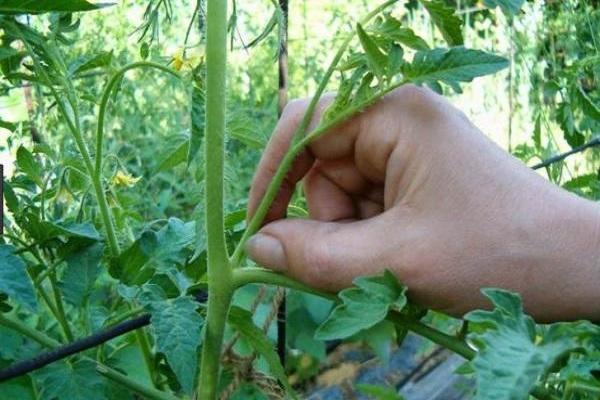
Waning moon
It is considered an unfavorable time for work on the root system, as well as on shoots. At this time, it is recommended:
- it is better to plant legumes, as well as bulbous and root plants;
- you can feed the crops growing on the site, as well as remove weeds and overgrown shoots;
- it is worth harvesting, drying fruits and mushrooms.
Attention! On the waning moon, they begin to carry out blanks, and those that require heat treatment are better suited.
Phases of the new moon
During the new moon, it is better to remove from the site all shoots and plants that have dried up or have been damaged. It is possible to carry out tillage that can get rid of pests and diseases.
Harvesting at this time is not bad, as well as the preparation of medicinal herbs for the winter. But you should not perform the following work on the site on the new moon:
- Better to postpone the digging of the earth.
- Exclude sowing, transplanting and planting in the ground or greenhouse conditions for any crops.
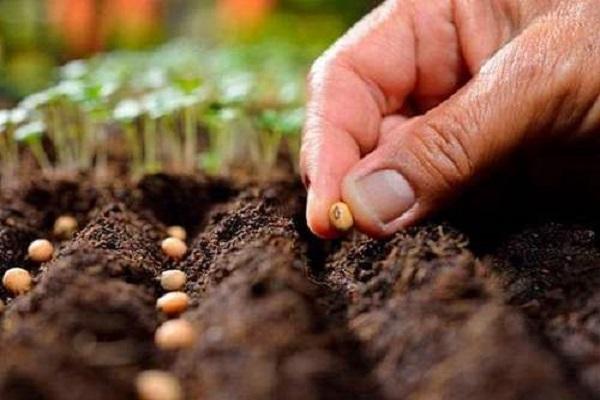
What plants can be planted on the growing moon?
This time will be favorable for planting crops that stretch upward, grow with the moon and place shoots and fruits above the soil surface. The list should include:
- eggplant, zucchini, pumpkin;
- greens, and any, cabbage, sweet and bell peppers;
- beans, corn, tomatoes and strawberries.
It is not prohibited to plant medicinal or spicy herbs (dill, basil, mint, lemon balm, rosemary, valerian). Provided that they "stretch up", and not spread along the ground.
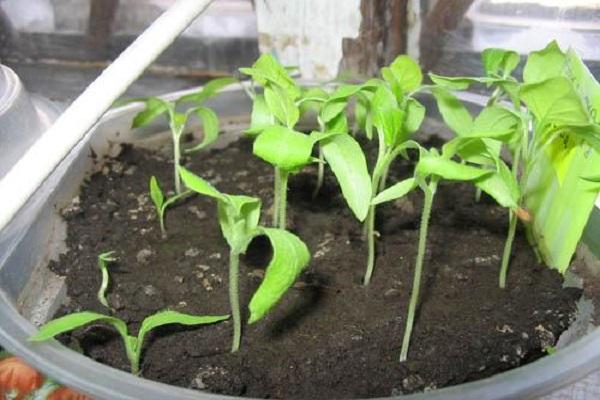
What to land on the waning moon?
Gardeners know that during this phase it is possible to sow crops that produce fruits located in the immediate vicinity of the land. Preference is given to:
- Beans, potatoes, carrots.
- You can plant garlic, onions, radishes and Jerusalem artichoke in the ground.
But with the greatest impatience this period is awaited by gardeners who are planting fruit plants and shrubs. They prepare cuttings in advance in order to plant them on the waning moon.
This time is also good for planting flower plants, the flowers take root well.
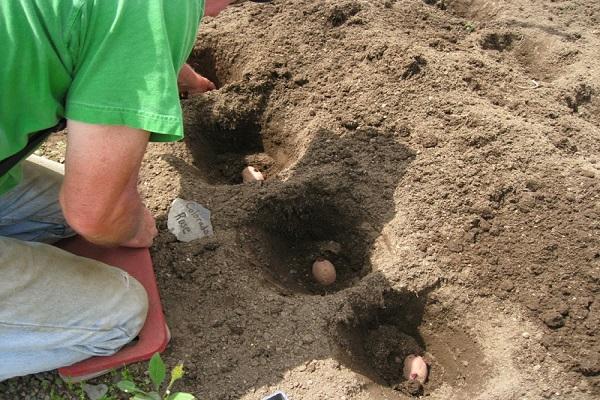
What plants to plant on the new moon and full moon?
At this time, it is better not to plant any plants, because, whether on a full moon or on a new moon, there is a risk of encountering such a problem as poor seed germination. Saplings are also not planted - there is a high probability that they may die.
But these summer periods (new moon and full moon) are suitable for harvesting, since at this time the fruits of the plant, like its stems, are filled with vitality.

Is it possible to care for plants during a lunar eclipse?
No, such a period, including three days before and three days after, is the time during which it is better not to disturb the soil and the crops growing on it.
What are the consequences of attempts to disembark and manipulate planting care:
- destroy the seedlings;
- significantly slow down their growth and development;
- reduce the crop yield.
As a rule, eclipses occur during the full moon, for this reason the time of the full moon is considered unfavorable for landings.
Solar eclipses also negatively affect all of the above indicators.
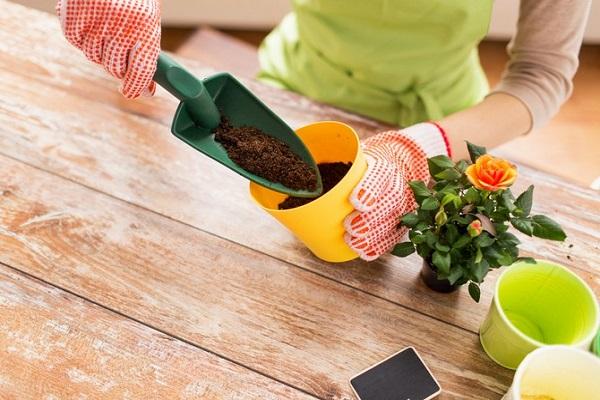
Should you trust and use the lunar calendar?
Positive dynamics, subject to all the rules, will not make the summer resident wait long. Gardeners gladly use the calendar and note that it works.
If there are doubts about the effectiveness of the method, then practice can dispel them. It is better to check all the recommendations of the calendar to make sure they are effective.
Zodiac signs and garden work
The garden plan for performing work on the site also depends on astrological aspects. Don't be surprised, but the moon phases aren't everything. It is worth taking into account the signs of the backside, because they also affect the growth and development of crops growing on the site.
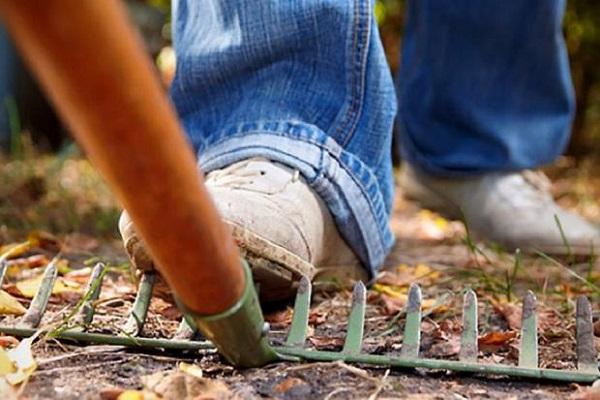
How astrology will help gardeners:
- Fire signs will help you get a good harvest from fruit plants, Sagittarius, Aries and Leo have a beneficial effect on leafy vegetables.
- When the signs of the Earth (Taurus, Capricorn, Virgo) rule in the sky, do not forget to apply fertilizers, they will help optimize the growth of the root system, and therefore improve the survival rate of the crop.
- If you want to get a blooming garden, then planting plants, as well as feeding them during the period when the Moon is in the signs of Air (these include Gemini, Aquarius, Libra).
- The water signs of the zodiac are distinguished by a positive effect on the deciduous system; during this period, any work related to shoots can be performed. These signs include: the constellation Scorpio, Cancer, Pisces.
Help: vegetables planted in the ground or greenhouse will grow quickly if the moon was in the sign of Aries, Sagittarius or Leo during planting.
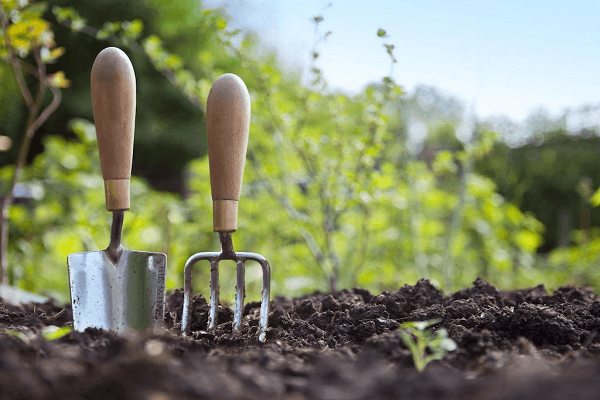
Table of favorable and unfavorable days for planting and caring for plants for 2020
When forming a garden calendar for months, do not forget that in each of them there are both favorable and unfavorable days. This makes adjustments to the work, but if the lunar landing calendar helps to significantly increase the yield and optimize the work, then it makes sense to follow its recommendations.
January
This time can hardly be called favorable for planting seeds, the reason for everything is inappropriate temperature conditions, which do not allow for work on the street. But in January, you can occupy yourself with choosing seedlings and preparing the soil.
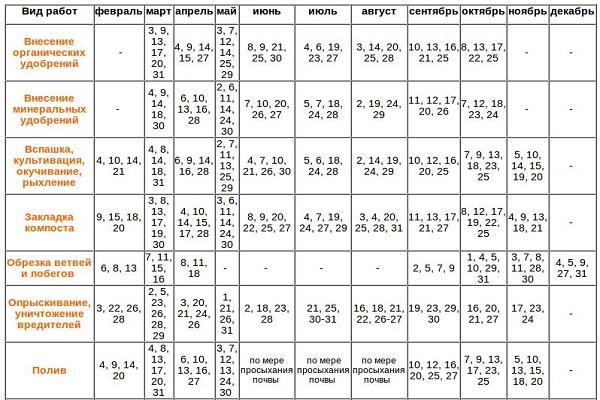
What days in January can you plant certain crops:
| Solanaceous crops: tomatoes, peppers, eggplants | you can plant seedlings on the 1st and 2nd numbers, then 10 and 11, and after - only from 27 to 29. |
| Spicy vegetables and herbs | it is better to postpone the planting of seeds to the 20th and 25th, you can make it on the 29th. |
But it is better to apply fertilizers to the soil from the 1st to the 5th, if necessary, repeat all the procedures on the 19th-20th.
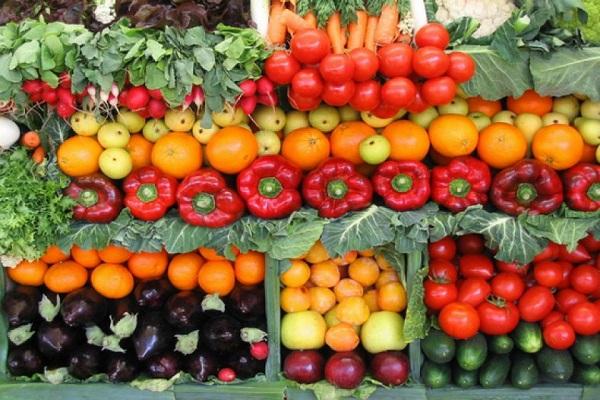
February
If you live in a warm climate or are the happy owner of a heated greenhouse, you can plant crops that have a long growth phase in the soil.
| Eggplants, tomatoes, peppers and zucchini can be planted on the following days of the month: | 6 to 8, and 25 to 27.
|
| Cabbage of all varieties and types: | procedures for planting seedlings in greenhouses are carried out at the end of the month, preferably from 22 to 23. |
| Garlic, onions, herbs: | the middle of the month, from the 16th to the 17th, is ideal, as well as the end - from 23 to 25. |
| Carrots, potatoes, radishes and Jerusalem artichoke: | if necessary, you can plant these plants in the greenhouse at the end of the month - from the 23rd to the 26th. |
| Cucumbers, melons and watermelons: | planting seeds in cups or germinating them begins on the 24th. |
March
Soon it will be necessary to put the garden in order, prepare for planting events. If you decide to start planting seedlings in a greenhouse using cups or boxes, then give preference to the following days of the month:
| 15 and 16, as well as 23 and 24: | these days will be favorable for planting tomatoes, as well as eggplant and other nightshades. |
| 21 and 22: | better to plant cabbage. |
| In the middle of the month, from the 15th to the 17th: | start planting seeds of cucumbers and melons. |
| The days at the end of the month can be considered universal for carrying out any planting work: | from 22 to 25. |
April
The most favorable days this month are easy to calculate. When preparing seedlings, pay attention to the middle and end of the month.
| Favorable days for planting: | Unfavorable: |
| 11, 12, from 29 to 23, and then from 27 to 30.
| it is not recommended to carry out any work on the site on the 5th day, as well as at the beginning of the month (2, 3, 4). |
May
If you want a garden to grow on the site, then transplanting seedlings should take place exclusively on suitable days, we are talking about the middle of the month.
| Favorable time for planting: | Unfavorable days: |
| from 8 to 10, and then from 17 to 19, and then from 26 to 28. | this is the period from 5 to 11 May.
|
June
This month it is better to carry out not planting work, but others aimed at caring for plants that are beginning to gain strength under the warm rays of the sun.
| Suitable days for carrying out various works on the site: | Fertilization: | Pruning shoots and removing stepchildren: |
| the middle of the month, starting from the 10th and ending on the 25th, it is recommended to resume activities closer to the end of the month, on the 27-30th. | work on June 18-19.
| is postponed to the end of the month and is held on the 20th.
|
July
At this time, re-sowing cabbage seeds is carried out, it is better to do this from the 8th to the 10th of the month.
| Grafting trees: | Loosening the soil: | Pest control: |
| the middle of the month and the beginning of July are ideal, starting on the 2nd and ending on the 7th. | 13, 14, 15, 18, 19.
| the end of the month starting from the 23rd.
|
August
In this month, the harvest begins, it lasts until mid-September, in some cases even longer.
| It is best to do such work on the site on the following days: | When is it better not to touch the ground: |
| From 11 to 13. Then - from 17 to 19 and at the end of the month - from 23 to 29 August. | 1 and 30 August.
|
September
In September, no work is carried out on the site on the 15th and 28th. And the harvest continues until the 20th of the month.
October
After the harvest is harvested, you can plant crops that will "winter" in the ground.
| Onions, garlic and other plants: | at the beginning of the month, up to 10 numbers. But better on October 1 or 2. |
| Carrot: | 5 or 6, or better 10. |
November
This month it is better to mulch the soil, since officially all work on the site has already been completed.
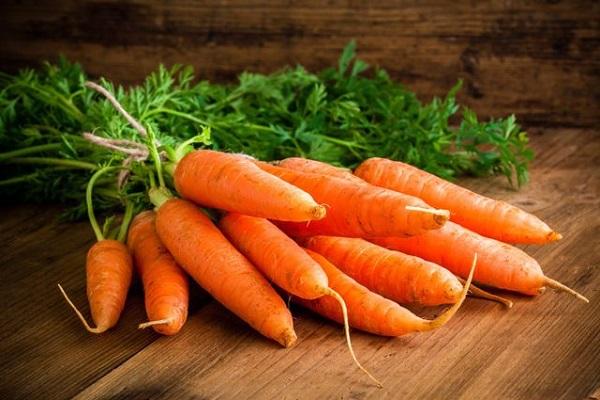
December
This month, the gardener can relax and enjoy the results of the work done on the site in spring and summer.
Any activities in the country or in the garden are better coordinated with the lunar calendar, as experienced gardeners do, who want to optimize work and get a decent harvest as a result.
